If you’re looking for the best peaches around, look no further than this guide.
We’ll tell you everything you need to know about finding and using the perfect peaches, so you can enjoy them to their fullest. When it comes to finding the best peaches, there are a few things to keep in mind.
First of all, make sure you choose ripe peaches that are soft to the touch. You should also smell the peach before you buy it – it should have a sweet fragrance that’s irresistible. Once you’ve found your perfect peach, there are plenty of ways to enjoy it.
Eat it as is, add it to your favorite recipe, or use it in a refreshing summertime beverage. No matter how you eat it, we guarantee you’ll love every bite.
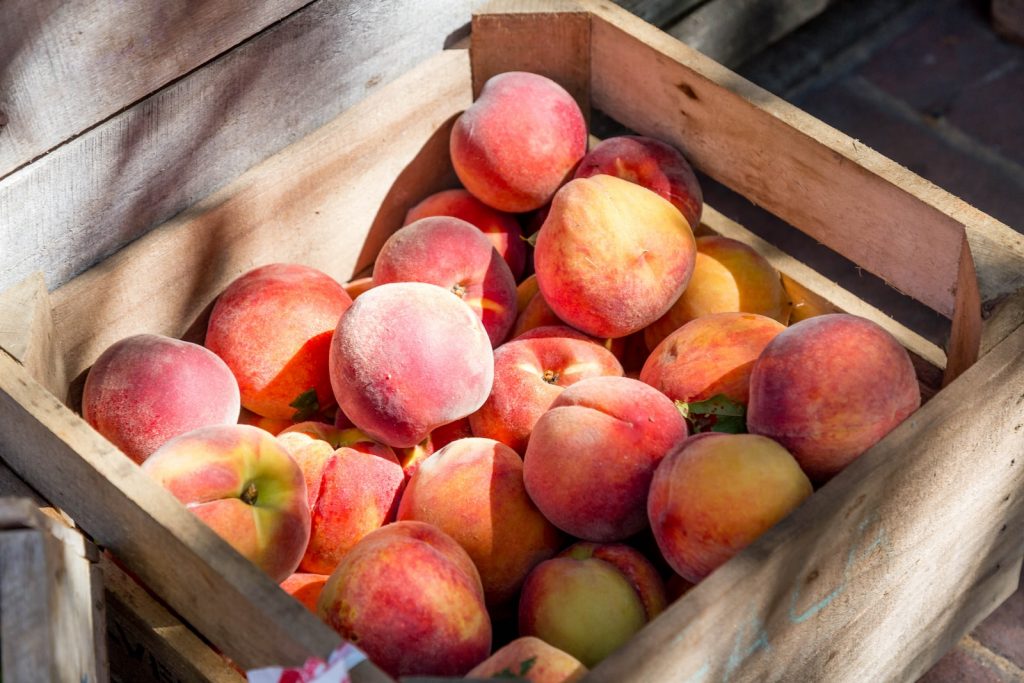
The different types of peaches
When it comes to fruit, peaches reign supreme. They are delicious, nutritious, and versatile – perfect for any recipe or snack. Here are four tips on how to enjoy the perfect peach:
First, know what type of peach you’re looking for.
There are three main types of peaches: clingstone, freestone, and pie.
Clingstone peaches stay attached to the tree until they ripen and then fall off – best used fresh or in preserves.
Freestone peaches slip off the tree easily and can be used fresh or dried out for apricot-type snacks. Pie peaches are a hybrid between a clingstone and freestone – they have some good qualities of both but tend to be juicer so they’re usually used in pies or other sweet dishes.
Next, select your peach based on its color and feel. Reds (such as Empire) will be firmer while yellows (such as Honeycrisp) will be more yielding when ripe. Finally, check the shape – pears tend to be rounder while nectarines are oblong shaped with a pointy end.
Once you’ve got your peach, it’s time to get cooking!
There are lots of ways to use them including salads (try adding diced onion or red pepper), desserts (try serving them sliced over ice cream), smoothies (add chunks before blending), yogurt bowls (mix with granola or muesli for added sweetness), breakfast recipes (try topping pancakes with diced fruit), and more!
Here’s a list of some recipes that incorporate peaches:
- Peach Cobbler Breakfast Casserole
- Yogurt Bowls Blueberry Lemon Muffins
- Double Chocolate Peanut Butter Cookies
What to look for when buying peaches
When buying peaches, it’s important to pay attention to a few things: the skin should be smooth and free of blemishes, the peach should have a deep yellow or orange color, and if you’re not sure if it’s ripe, smell it!
Ripe peaches will have a sweet fragrance.
How to use peaches – in recipes, as a snack, etc.
When selecting peaches, look for ones that are plump and fragrant. Avoid those with bruising or blemishes. Peaches can be eaten fresh, grilled, baked, or even frozen.
Add peach slices to your breakfast smoothie or oatmeal for a nutritional boost. Finally, use peach slices as a healthy topping on yogurt, pancakes, or waffles.
The health benefits of peaches
Point 0: Peaches are a great source of vitamins A and C, as well as fiber. These nutrients can help improve your digestion and regulate blood sugar levels, making them a healthy choice for people with diabetes or other conditions that affect the body’s metabolism. I
n addition to their health benefits, peaches contain antioxidants that can protect cells from damage.
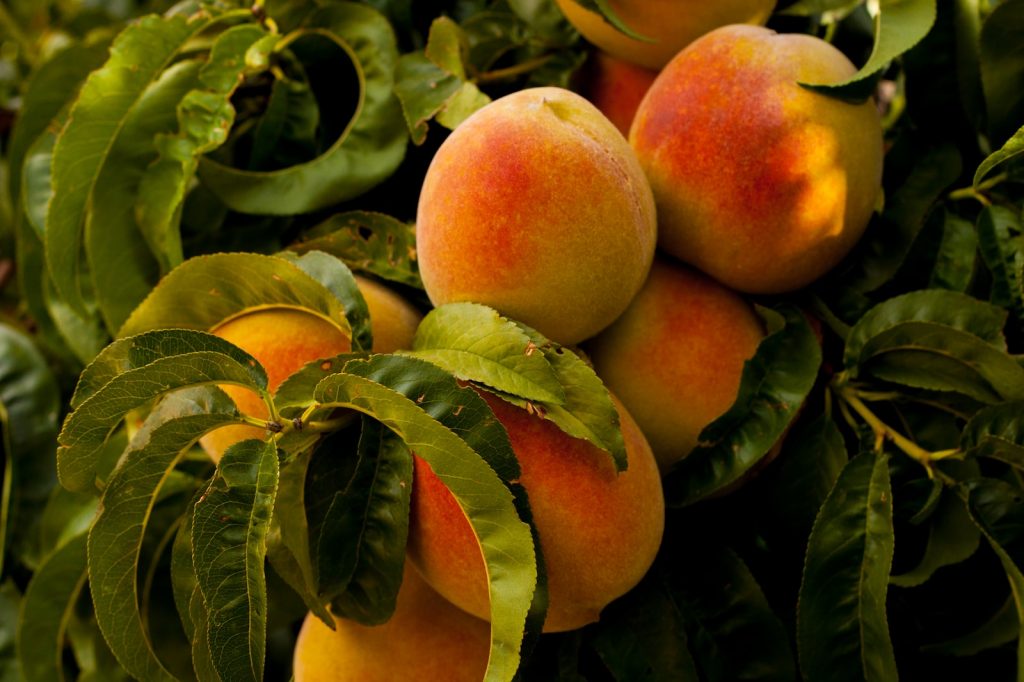
Point 1: Peaches can help improve your digestion and regulate blood sugar levels. This means they may be helpful for people who have trouble controlling their eating habits or those who have problems regulating their blood sugar levels on a regular basis. Eating peaches may also help reduce inflammation in the body, which may play a role in cancer prevention.
Point 2: Peaches contain antioxidants that can help protect your cells from damage. These nutrients work together to fight against harmful toxins and chemicals that could potentially cause cancer or other health problems. They also work to protect the skin by reducing inflammation and redness caused by injury or sun exposure. In addition, antioxidants present in peaches may boost the immune system, helping you resist infections more easily.
Point 3: Peach consumption has been linked with reduced risk of several types of cancer including lung, ovarian, stomach, pancreatic, head, and neck cancers as well as bladder cancer [1]. While there is still much research needed to confirm these findings fully, consuming moderate amounts of fruit – including peaches – is thought to be beneficial for overall health overall.
There are many health benefits to eating peaches, including improved digestion, reduced inflammation, and more. Peaches are a great source of fiber, vitamins A and C, and potassium.
They also contain antioxidants that can help protect your cells from damage.
Eating a peach every day can help you enjoy all of these benefits and more!

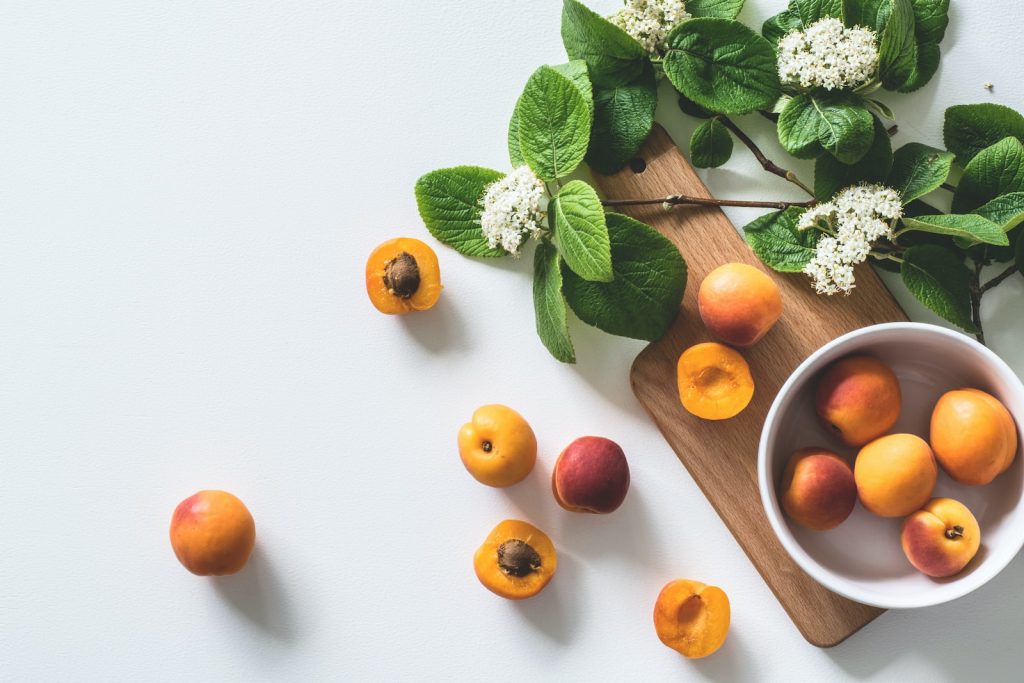

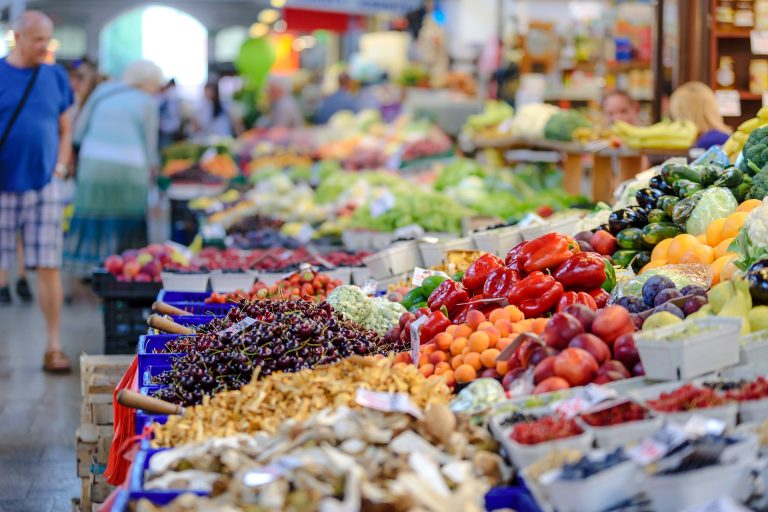
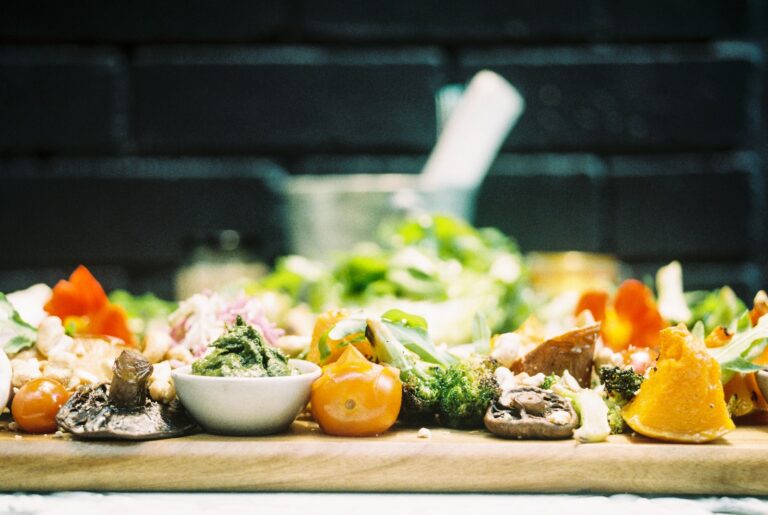
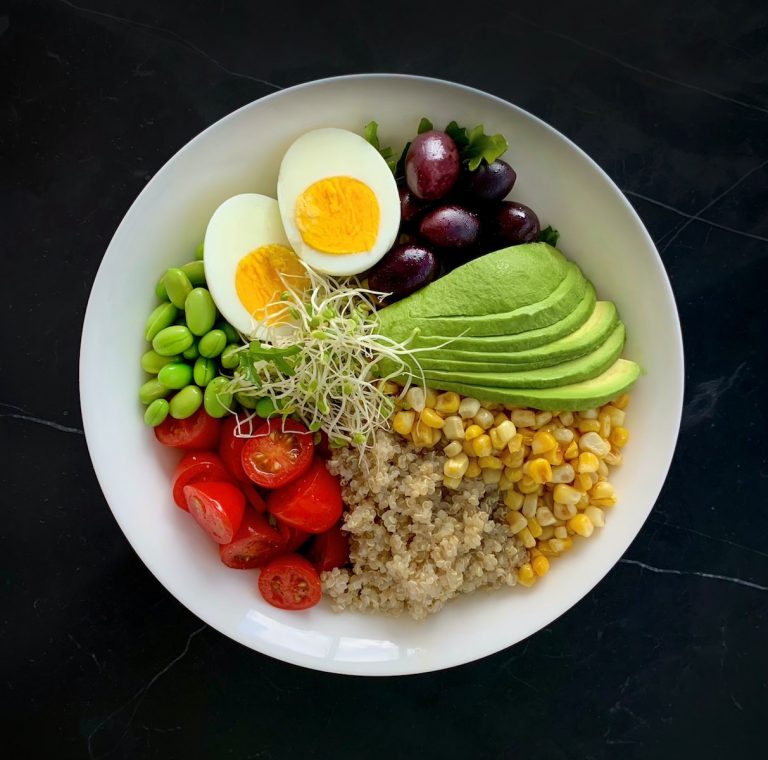
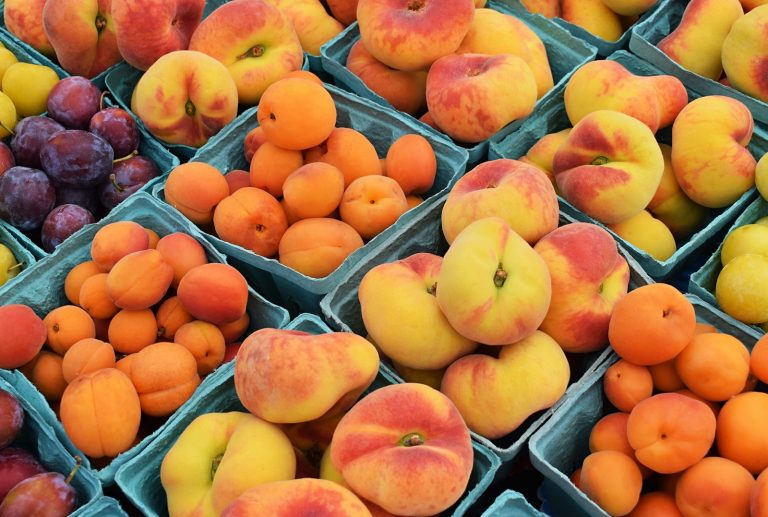
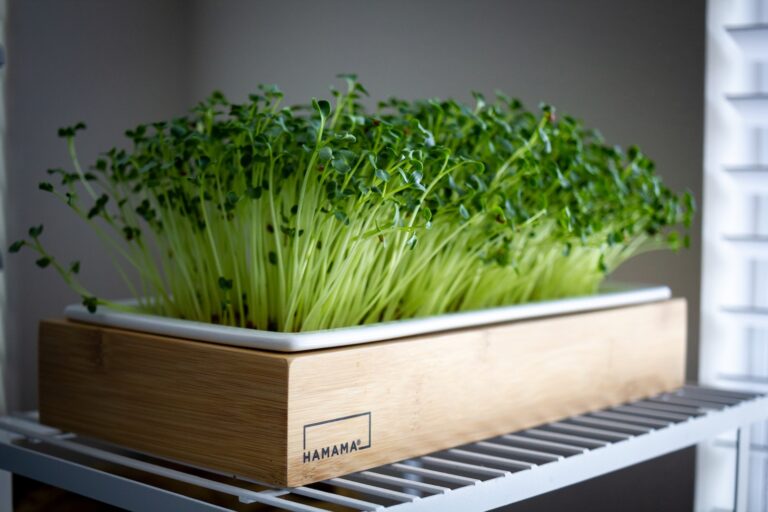




[…] healthy doesn’t have to be boring or restrictive – there are plenty of delicious and nutritious foods to choose from. Creating and sticking to a healthy eating plan takes time, effort, and commitment […]
[…] eating habits can improve your skin health and make you look younger. Eating a balanced diet that is rich in […]